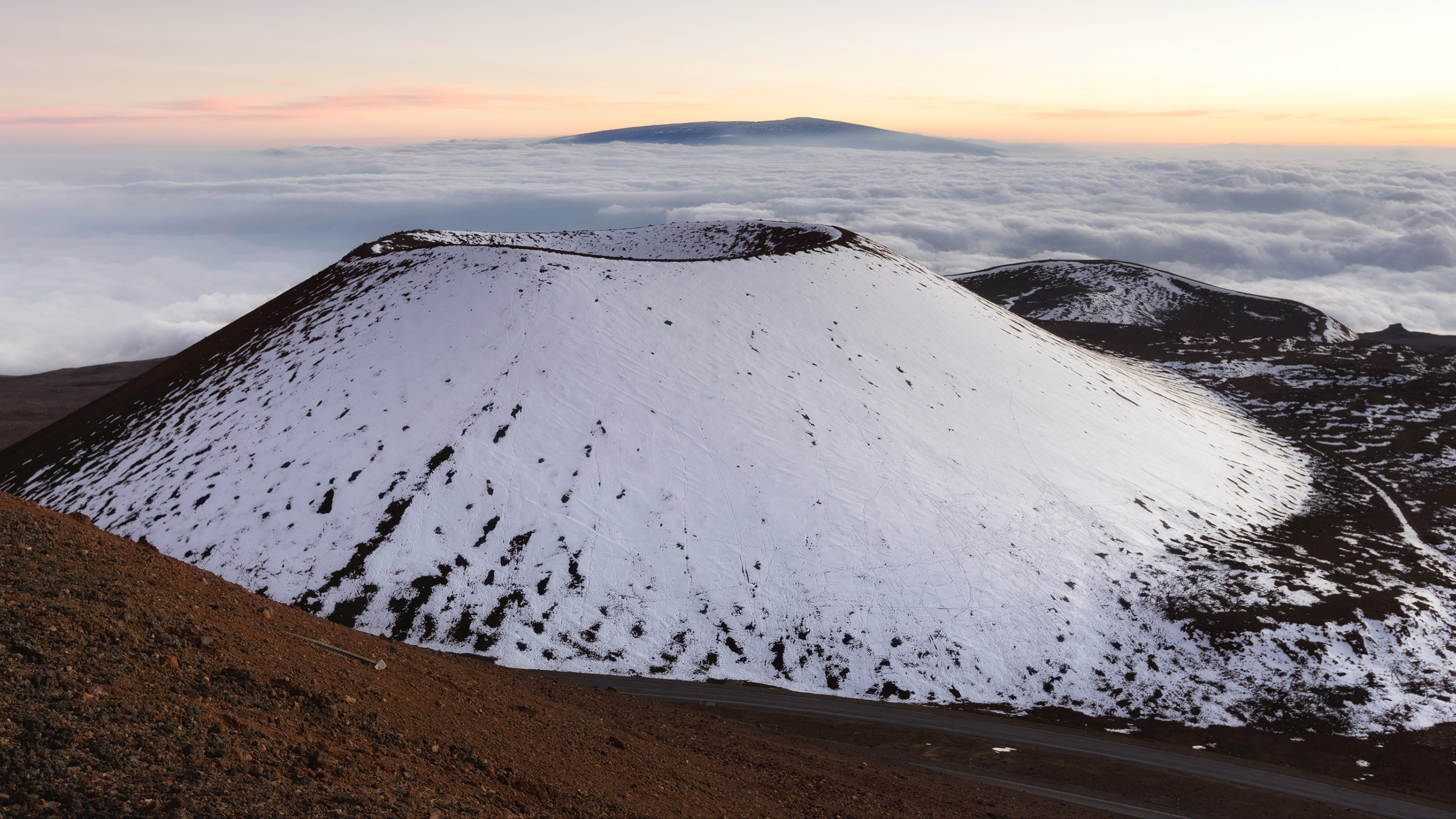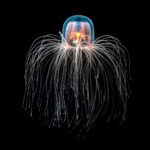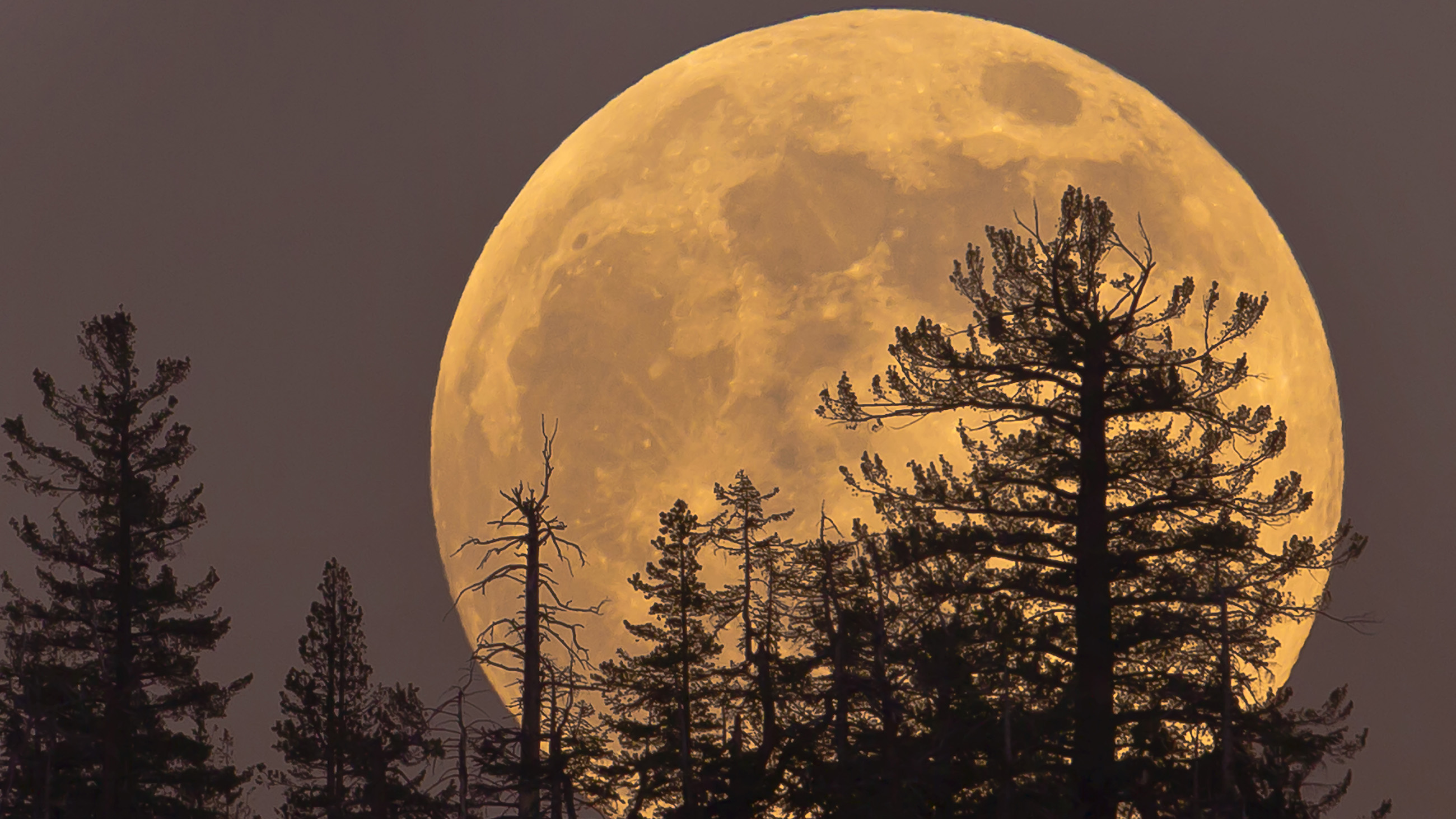Abstracts: Science Writers, Supermoons, and More
• In results published on Monday, members of the National Association of Science Writers, one of the nation’s oldest professional journalism associations, voted down a contentious constitutional amendment that would have permitted public relations professionals and other non-journalists to hold the highest governing positions within the organization.

The votes are in and the “nays” have it.
The proposal deeply divided journalists and non-journalists in the group. But in the end, 354 members voted to maintain the current system, which grants full membership privileges to all dues-paying members — with the exception of one: Only journalists are eligible to hold any of the four top governing positions on the executive board.
The nays barely edged out 316 members who supported the amendment — a narrow margin that current leadership said needed to be addressed. “[M]uch work lies ahead as a community to honor our professional diversity,” an NASW statement accompanying the results declared. “We are continuing a time of deep reflection about the way forward.”
Less than 32 percent of the group’s 2,211 members voted at all. (NASW)
In other news…
• Not long after the Earth formed, it was struck (“whacked”) by a Mars-size object, which scientists now believe not only created the moon, but also skewed the Earth to one side. (The New York Times)
• Speaking of the moon, be prepared on Monday, November 14, to witness the largest “supermoon” in 70 years — 14 percent bigger and 30 percent brighter than the average full moon. (Yahoo!)
• The frigid conditions in Alaska have left farmers, and their plants, out in the cold. But one business may have a creative solution: insulated, 40-foot shipping containers lined with magenta LED lights. (CBS)

• China gets serious about its “war on pollution,” vowing to decrease carbon emissions by 18 percent compared to last year by 2020. The nation plans to curb coal consumption in favor of more eco-friendly alternatives, like hydropower and nuclear power. (The Washington Post)
• In an effort to prevent tensions from erupting, the group behind the Earth’s largest telescope has devised an alternate building site to replace the one at Hawaii’s sacred Mauna Kea. Plan B? One of Spain’s Canary Islands. (The Atlantic)
• In a remote part of northern Canada, a strange and reoccurring pinging sound emanates from the Arctic sea floor. Sonar surveys? Military submarines? The mystery remains unsolved. (BBC)
• In the dark of night, creatures from the ocean’s deep polar “twilight zone” are brought to the surface by currents. This allows scientists to better understand the hierarchies within these marine ecosystems, including the species that make their own light. (Science)
• Are you more likely to think a cartoon is funny if you smile while you read it? Textbooks say yes, a new study says no. A debate about the relationship between facial expressions and emotional state, as well as experimental replication, ensues. (Nature)
• And finally, you and your canine are more similar than you may think. In fact, humans and dogs can harbor some of the same cancer-causing mutations, and scientists aim to leverage this genomic overlap to understand why some people respond to immunotherapies while others do not. (Technology Review)










